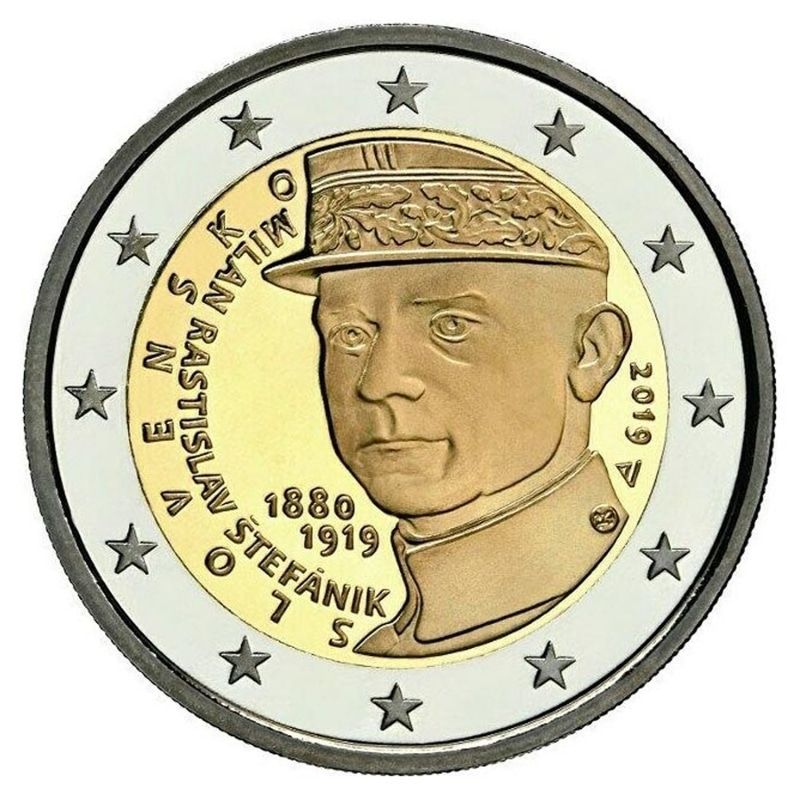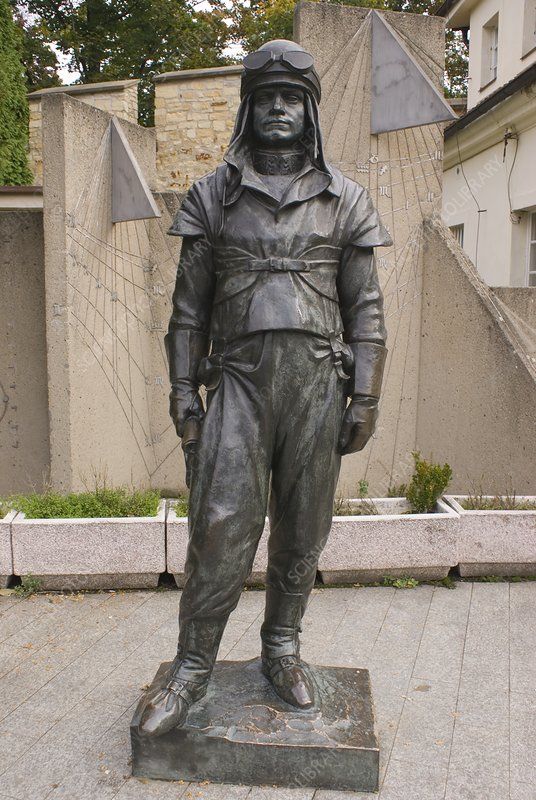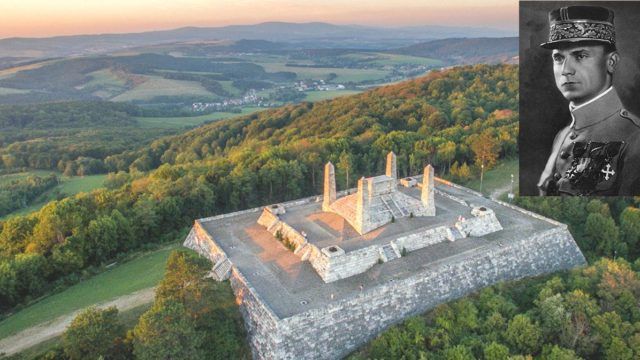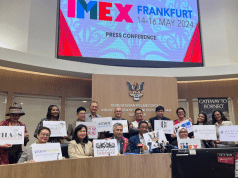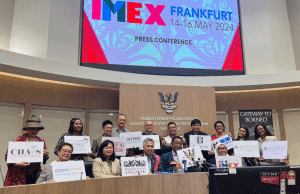Milan Rastislav Štefanik was born on 2 July 1880 in Košariska, near Brezova pod Bradlom (than under Austrian-Hungaran reign) in a family of a pastor Pavol Štefanik and his wife Alberina. He was the sixth child of twelve. After graduating at parochial school in his home town, his parents set him to a related family in Šamorin, so he could learn Hungarian. At that time Slovak was not practiced as a teaching language at schools. After finishing the Evangelic lyceum in Pressburg (now Bratislava) and the grammar school in Sopron and Sarvas, he enrolled at the Imperial and Royal Czech Technical University in Prague in 1898. He studied civil engineering for two years and than changed his study course and transferred to faculty of Arts of the Charles Ferdinand University, where he studied astronomy and natural sciences.
During the years he spent in Prague, he was an active writer of political and artistic texts, in which he tried to inform the Czechs about the catastrophic situation of the Slovaks, at that time. He also became a member of the Czech political scene concentrated around Tomaš G. Masaryk, who later became the first president of Czechoslovakia.
He lived his life at its fullest, and made an incredible impact in the course of Slovak history. His motto was “To believe, to love, to work!”. And that was just what he did.
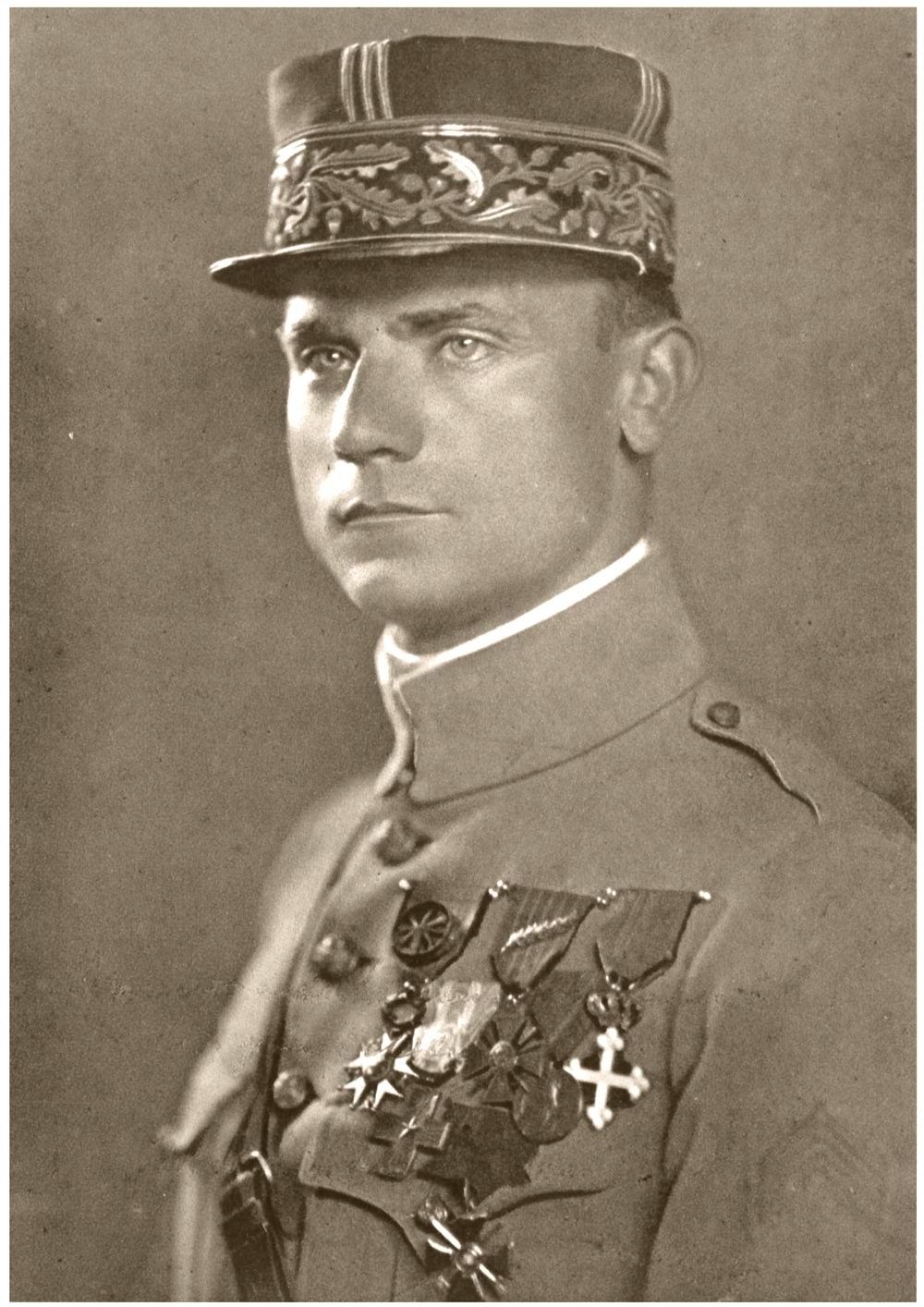
SCIENTIST
After graduation Štefanik left for France, where, with the help of J.C. Janssen (professor of the Paris University Sorbonne and one of cofounders of astrophysics), he got a job at an astronomical observatory situated on the top of Mont Blanc. The observatory was one the most important astronomical center at the time. His scientific field was focused on astrophysics and solar physics, and he became known for his spectral analysis of the sun’s corona. He was also perfecting spectography and even patented a design for color photography and a cinematography machine.
In the upcoming years Štefanik also made some scientific expeditions in many parts of the world – Tahiti, Turkistan, Sahara, Brazil, Ecuador, Morocco, India, Russia, Fiji, Brazil, Tonga etc. He published many expert books that remarkably enriched the field of scientific astronomy, and became well known and respected in the European scientific circles. In 1911 he received a prestigious award of the French Academy, and in 1914 he became a “Grand Officier” of the Legion of Honour.
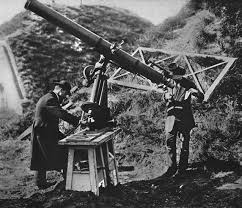
AVIATOR
With the outbreak of World War I., Štefanik finished his scientific projects and in January 1915, he joined the French Air Force as a volunteer. After the pilot trainings he joined the troops, and gained the lowest officer rank. But among the other airmen he became famous for his accurate weather forecasts. Therefore it was a logical consequence that he soon laid the foundations of the military meteorological service in French Air Force. But soon after that he had to leave the military, due to his disease.

DIPLOMAT & MINISTER OF WAR
In his college years in Prague Štefanik made some close connections with the members of the Czech political scene concentrated around Tomaš G. Masaryk, who was a vital part of reforming the Austro-Hungarian monarchy to a federal state. Masaryk is also known as the “President Liberator” since he was the first president to a federal state, and who founded Czechoslovak Republic as an independent country.
Štefanik also had acquaintances in the highest Paris circles, he made friendships among scientists, artists, businessmen, politicians and diplomats from several countries. Among his famous friends were also the following names: Gustav Eiffel, Roland Bonaparte, Prime Minister Camille Chautemps, americal admiral Simon Newcomb, Joseph Vallot – the richest man in France etc.
One of his diplomatic mediations (the meeting of Masaryk and French Prime Minister Astrid Briand) resulted in the establishment of an executive organ of the compatriot and exile movement, the Czechoslovak National Council.
In 1918 during his journey to the USA, Japan and Russian Siberia he was officially recognized as the Minister of War of the Provisional Czechoslovak Government, and after the declaration of the independence and formation of the Government at the end of the year, his position was confirmed in the formation of the first Czechoslovak government of Karel Kramar.
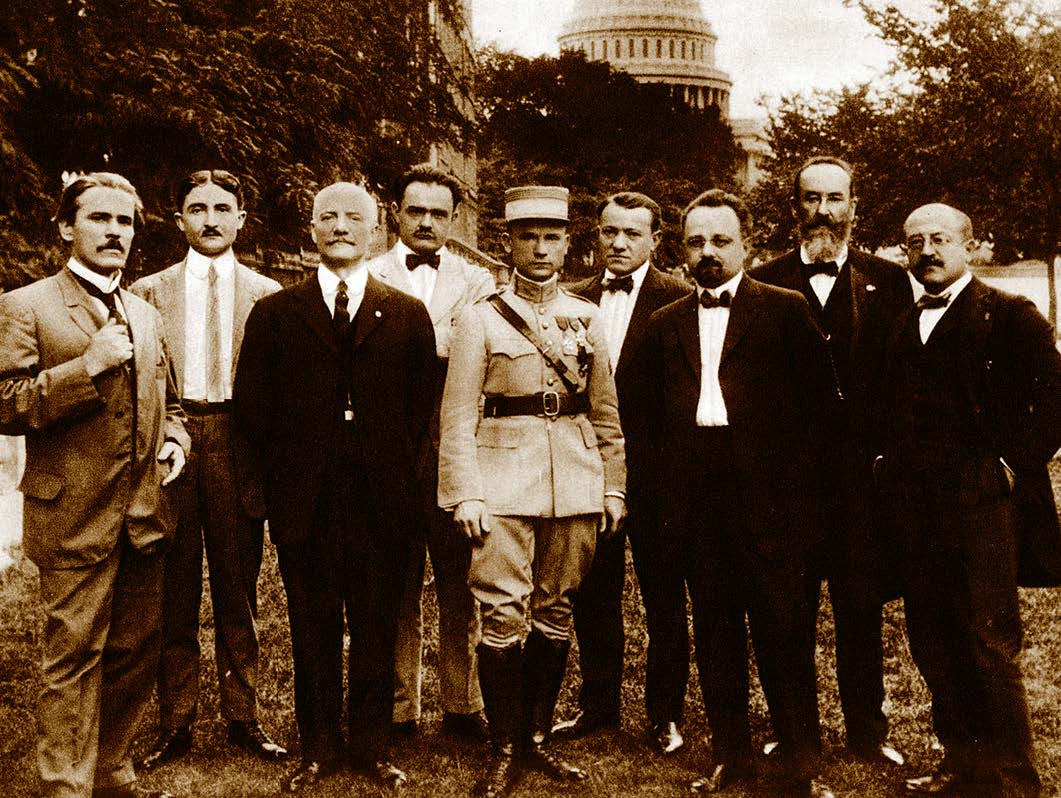
THE LEGACY
On 4thMay 1919, Štefanik was on a plane returning home to visit his family. The plane tried to land in Bratislava but crashed near Ivanka pri Dunaji. Štefanik and the rest of the crew didn’t survive the accident. The reason for the accident in the conflict area between the First Republic of Czechoslovakia and the Hungarian Soviet Republic, near Bratislava, remains officially unknown.
In his memory a tomb was build on Bradlo Hill in Brezova pod Bradlom, a minor planet 3571 Milanstefanik was named after him, the Bratislava Airport was also named M.R. Štefanik Airport, his portrait is painted on the Slovak Government Flying Service aircraft 319 and Fokker 100, and even the Slovak Armed Forces Academy wears his name. And this year, a 2 euro commemorative coin was launched to commemorate the 100thdeath of this great man.
